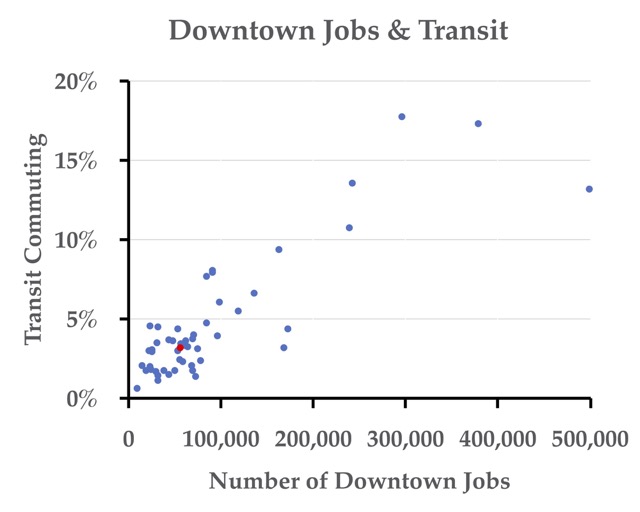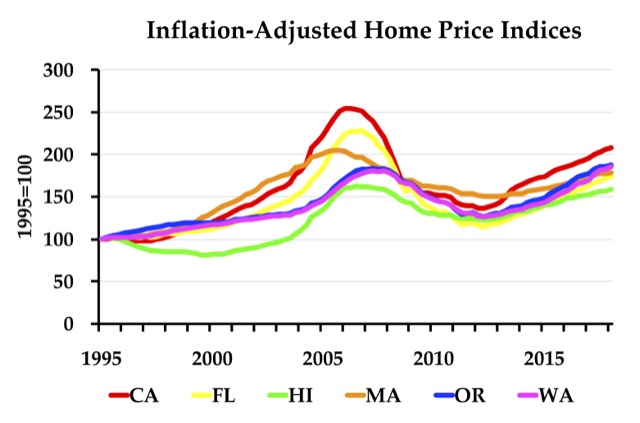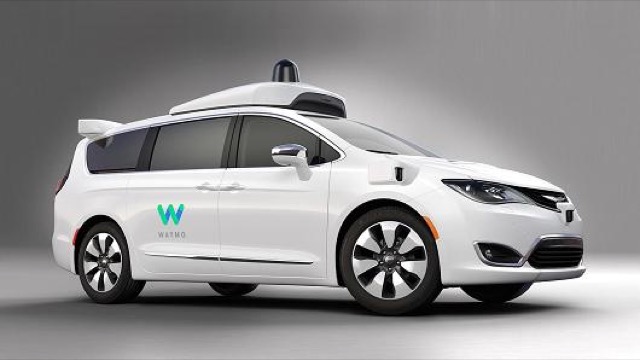Nationwide transit ridership in April 2018 was 2.3 percent lower than the same month in 2017, according to data released yesterday by the Federal Transit Administration. Commuter-rail ridership grew by 3.5 percent, but light-rail, heavy-rail, hybrid rail, streetcar, and bus ridership all declined. The biggest decline was light rail at 5.5 percent.
April’s drop was smaller than the 5.9 percent year-over-year decline experienced in March because April 2018 had one more work day (21 vs. 20) than April 2017, while March 2018 had one less work day. As a result, 16 of the fifty largest urban areas saw transit ridership grow in April 2018, compared with just four in March. Considering that most transit ridership takes place on work days, anything less than a 5 percent growth is not something to be proud of. Only Pittsburgh, Providence, Nashville, and Raleigh saw ridership grow by more than 5 percent.
The most catastrophic losses were in Boston (24.4%), Cleveland (14.4%), and Milwaukee (10.8%). Ridership fell by more than 5 percent in Miami-Ft. Lauderdale, Dallas-Ft. Worth, Atlanta, Tampa-St. Petersburg, St. Louis, Orlando, Charlotte, and Richmond. These losses follow steady declines since 2014 and, in some urban areas, as far back as 2009. Continue reading →










